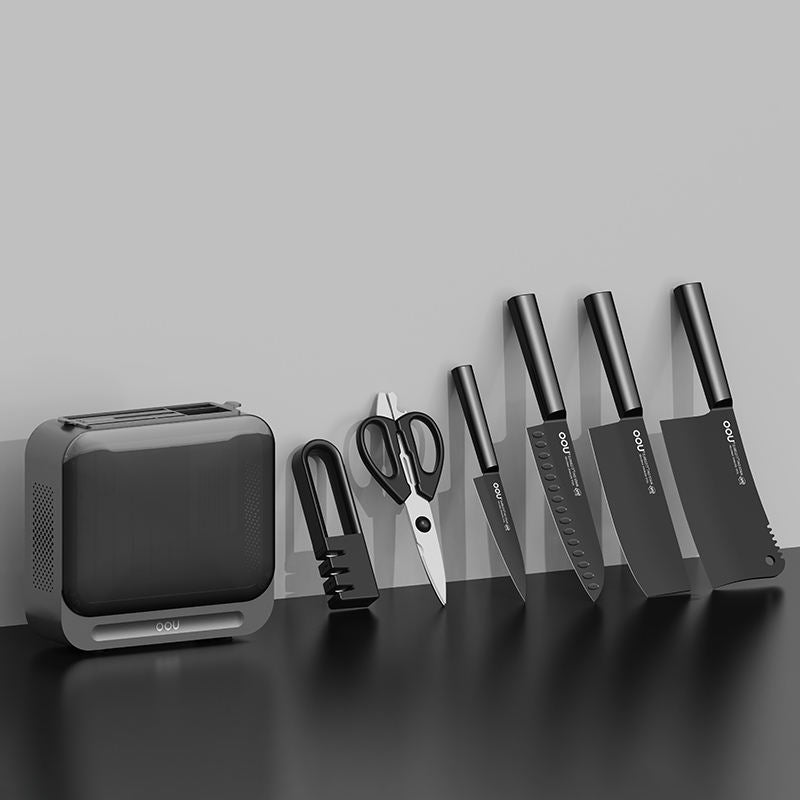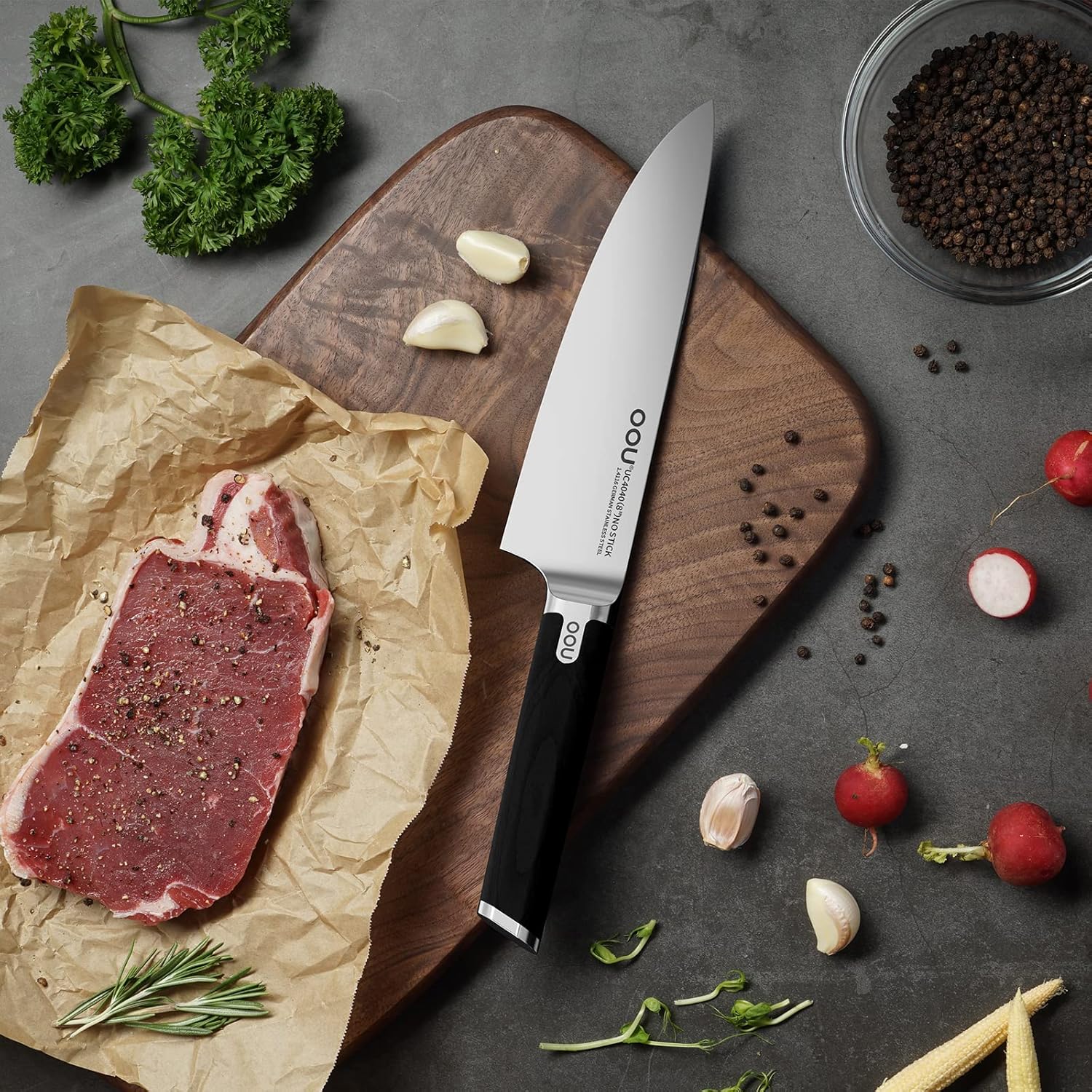Introduction
A well-maintained knife is the key to precision and safety in the kitchen. Neglecting proper care can lead to rust, dullness, and even blade damage, affecting your cooking experience. In this guide, we will cover essential knife maintenance techniques, from cleaning and sharpening to proper storage methods that ensure your knives last for years.
1. Cleaning Your Knife – The Right Way
Proper cleaning prevents corrosion, food contamination, and dull edges.
✅ Do:
-
Hand wash your knives immediately after use with warm water and mild soap.
-
Use a soft sponge to avoid damaging the blade.
-
Dry the knife immediately with a towel to prevent rust.
❌ Don’t:
-
Never put knives in the dishwasher. The heat and detergent can damage both the blade and handle.
-
Avoid using harsh scouring pads that can scratch the metal.
According to The Culinary Institute of America, improper knife cleaning reduces its lifespan and increases safety risks.
2. Preventing Rust & Corrosion
Even stainless steel knives are susceptible to rust if not cared for properly.
-
Oil the blade lightly with food-safe mineral oil to create a moisture barrier.
-
Store knives in a dry place away from humidity.
-
Avoid prolonged contact with acidic foods like tomatoes and citrus, as they accelerate corrosion.
The American Knife & Tool Institute emphasizes that regular maintenance is essential to prevent oxidation and extend knife durability.
3. Sharpening Your Knife – When and How?
A sharp knife is safer than a dull one because it requires less force to cut through food.
Sharpening Methods:
-
Whetstones – The best way to restore a razor-sharp edge.
-
Honing Rods – Maintain sharpness between sharpening sessions.
-
Electric Knife Sharpeners – Convenient but may wear down the blade faster.
According to America’s Test Kitchen, knives should be honed weekly and sharpened every 2-3 months for optimal performance.



